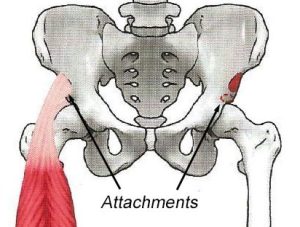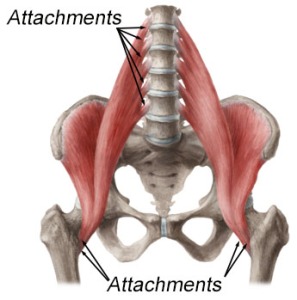 I was terrible at physics at school.
I was terrible at physics at school.
Looking back at it, I’m not sure why, as these days I find it fascinating.
However, although Mr. Grenville couldn’t make Boyle’s Law and Charles’ Law very exciting prospects, he did manage to enthuse me with Ripple Tanks.
Those of you old enough to remember the days when physics was an incredibly ‘dry’ subject, when the education system apparently did everything it could to remove the subject from reality, might remember Ripple Tanks.
I seem to remember that, amongst other things, they were meant to teach how sound waves reacted with matter.
I mention Ripple Tanks because the rippling, or apparent transfer of energy from one end of the tank to the other is precisely what happens in the transfer of energy through the arms and legs when doing tai chi.
Try this…
Hold your arm out to the side of you, parallel to the ground. First, try lowering it back to your side as though it’s a stick. This is how not to lower your arm!
 Next, without lowering your hand (leave it exactly where it is), breathe in, and then focus on breathing out gently but firmly. You might feel your shoulder start to sink. Give your shoulder a bit of help by consciously sinking it, and notice how the elbow also sinks and rotates forwards slightly.
Next, without lowering your hand (leave it exactly where it is), breathe in, and then focus on breathing out gently but firmly. You might feel your shoulder start to sink. Give your shoulder a bit of help by consciously sinking it, and notice how the elbow also sinks and rotates forwards slightly.
Try it again, but as soon as the elbow starts to sink, feel the weight of your forearm and start to lower it also, but leave the fingertips in the same position. To do this you need to let your wrist bend. Notice any sensations in your fingertips whilst keeping on lowering the arm.
If you’re doing it correctly, your awareness will sequentially pass down the arm from shoulder to fingertips via the individual joints, and it will feel a little as though the lowering of the arm is initiated by a very slight closing of the armpit.

The action is therefore like a wave passing down through the major joints of the arm, one after the other; a transference of energy from one end of the ripple tank to the other. You could also bring the metacarpo-phalangeal joints (the joints where the palms connect to the fingers) into the equation, if you wanted.
Where can you use this concept?
Every time you lower an arm in tai chi and qigong.
The most obvious tai chi movement where this happens in almost any Form?
The lowering of the arms in ‘Raise and Lower Hands’ at the start of many tai chi forms.
Why use it?
It connects the upper limbs to the body during movement and causes the movement to come from the centre of the body.
Why not just lower the arm like a stick?
The muscles involved in lowering your arm (adduction) are the Coracobrachialis and Pectoralis Major on the front of the body, and the Latissimus Dorsi and Teres Major on the back of the body (& Subscapularis). Activating the muscles from the core, as above, means that the fascia connecting the body to the arms is also activated, and because of this the muscles become coordinated in their action and are no longer acting independently. It is this coordination that increases their strength beyond the total strength of the individual muscles.
Why don’t we use this all the time?
We often do, but often without analysing it.
For example, if you were going to take part in a tug of war, and it was only you against, say, 6 other people, when you took hold of that rope you’d automatically work from the core and connect the body correctly. You’d instinctively do it and know how to do it. Likewise if you tried to push a broken-down car up a slight hill, you’d do the same. We tend to use the ability when in extremis, but not when movements are soft and gentle … We don’t bother because we can get away with it.
___________________________________________________
James Drewe teaches Tai Chi and Qigong in both London and in Kent and online.
Details of weekly classes both live and online can be found on the website, and there are classes for 2-person Tai Chi on one Saturday a month.
You can also learn both tai chi & qigong through a monthly subscription, and there are also many free videos on YouTube.
CONTACT:
http://www.taiji.co.uk
https://www.qigonghealth.co.uk
Email: taijiandqigong@gmail.com
Phone: 07836-710281
___________________________________________________



 When pushing or pulling an object, we usually tighten muscles automatically.
When pushing or pulling an object, we usually tighten muscles automatically. As an example, if you are pushing something, you attach yourself to that object, lock the upper body into it (wrists, arms, shoulders, possibly neck and upper back), and then you push off your rear leg; the only ‘mobile’ parts of you remaining are therefore the legs.
As an example, if you are pushing something, you attach yourself to that object, lock the upper body into it (wrists, arms, shoulders, possibly neck and upper back), and then you push off your rear leg; the only ‘mobile’ parts of you remaining are therefore the legs. What we need to do when pushing or pulling, is to allow the joints to ‘open’ as we do the action. This is obvious in the arms during a pull – after all, you are pulling the joints open, but less obvious in a push which is more likely to contract the joints.
What we need to do when pushing or pulling, is to allow the joints to ‘open’ as we do the action. This is obvious in the arms during a pull – after all, you are pulling the joints open, but less obvious in a push which is more likely to contract the joints. As soon as only one muscle is contracted, that part stagnates; in TCM (Traditional Chinese Medical) terms, the flow of Qi is restricted in that area, and in fact the contraction reduces the flow of blood and lymph.
As soon as only one muscle is contracted, that part stagnates; in TCM (Traditional Chinese Medical) terms, the flow of Qi is restricted in that area, and in fact the contraction reduces the flow of blood and lymph. musculature from foot to hand stays liquid, mobile, and flexible.
musculature from foot to hand stays liquid, mobile, and flexible. Exercise in how to ‘open’ a joint
Exercise in how to ‘open’ a joint
 Putting the heel down: You place your heel ahead of you to step forwards, putting your weight on it, and your body mass settles into the ground, initially through that heel. As your weight transfers from one foot to the other, you release the rear foot in order to bring it forward so as to take your next step.
Putting the heel down: You place your heel ahead of you to step forwards, putting your weight on it, and your body mass settles into the ground, initially through that heel. As your weight transfers from one foot to the other, you release the rear foot in order to bring it forward so as to take your next step. Moving on to the ball of the foot: As you bring the rear leg beyond the standing leg (the one with the weight on it), your body mass moves forward and your weight moves over the ball of the foot which has your weight on it; in effect, you drive your energy upwards for the next step.
Moving on to the ball of the foot: As you bring the rear leg beyond the standing leg (the one with the weight on it), your body mass moves forward and your weight moves over the ball of the foot which has your weight on it; in effect, you drive your energy upwards for the next step. 1) you raise the hands, and 2) you lower the hands.
1) you raise the hands, and 2) you lower the hands. If you’ve ever jointed a chicken, you will have come across membranous tissue between the muscles in the chicken; it is stretchy and remarkably strong, often separating muscles or groups of muscles. This is the chicken’s fascia.
If you’ve ever jointed a chicken, you will have come across membranous tissue between the muscles in the chicken; it is stretchy and remarkably strong, often separating muscles or groups of muscles. This is the chicken’s fascia. Thomas M. Myers, in his book ‘Anatomical Trains’, refers to these lines of connective tissue as ‘trains’. (The image shows an example of some fascial trains from his book).
Thomas M. Myers, in his book ‘Anatomical Trains’, refers to these lines of connective tissue as ‘trains’. (The image shows an example of some fascial trains from his book).
 When you are about to step, consciously place all of your weight on to one foot, not only feeling the foot being pressed into the ground, but also dropping the body mass into the foot. You can bend the knee as little or as much as you like, but ‘dropping the body mass’ is not achieved by bending the knee as such; it is a feeling inside you.
When you are about to step, consciously place all of your weight on to one foot, not only feeling the foot being pressed into the ground, but also dropping the body mass into the foot. You can bend the knee as little or as much as you like, but ‘dropping the body mass’ is not achieved by bending the knee as such; it is a feeling inside you. As you press your weight on to your left or right foot in order to step, feel gravity (your body weight) passing downwards into the stepping foot. As it does so, let your neck soften and ‘undo’; in other words, the muscles in the neck release and therefore lengthen, and in effect, the neck gets minutely longer.
As you press your weight on to your left or right foot in order to step, feel gravity (your body weight) passing downwards into the stepping foot. As it does so, let your neck soften and ‘undo’; in other words, the muscles in the neck release and therefore lengthen, and in effect, the neck gets minutely longer.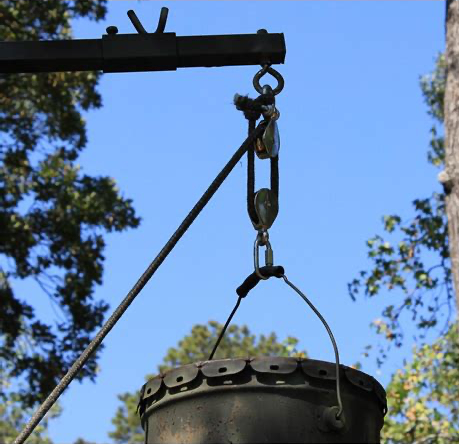 It is this pressing down which releases the ‘up’ on the other side of the body, i.e. the foot with which you intend to step.
It is this pressing down which releases the ‘up’ on the other side of the body, i.e. the foot with which you intend to step.
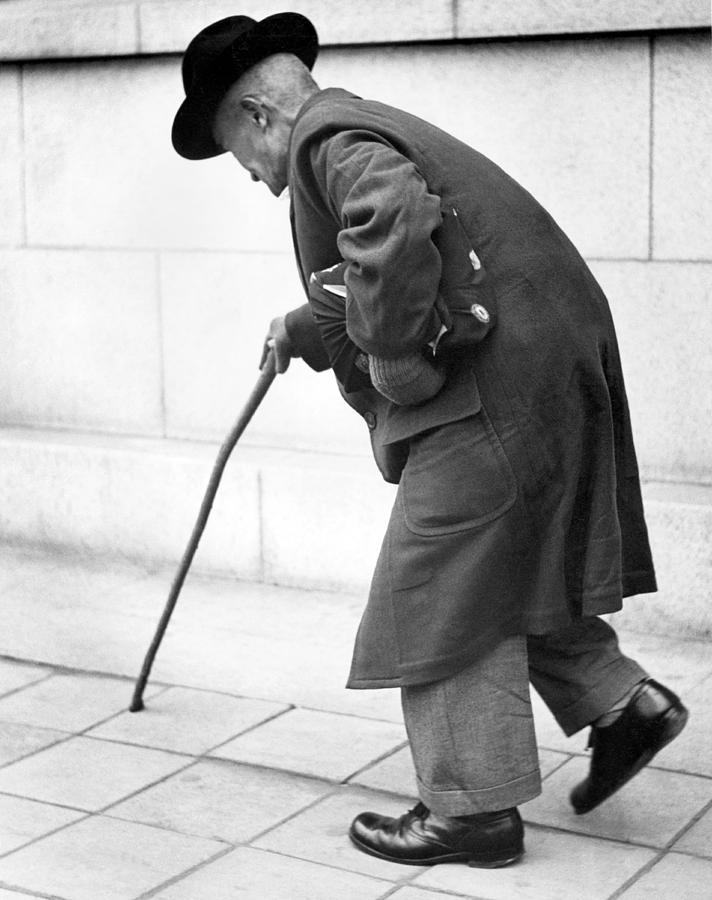 One of the first things that beginners can feel is aching legs; they discover that their legs are weaker than they thought. I’ve often had people observe that their legs are tired… “and we were hardly moving as well!”
One of the first things that beginners can feel is aching legs; they discover that their legs are weaker than they thought. I’ve often had people observe that their legs are tired… “and we were hardly moving as well!”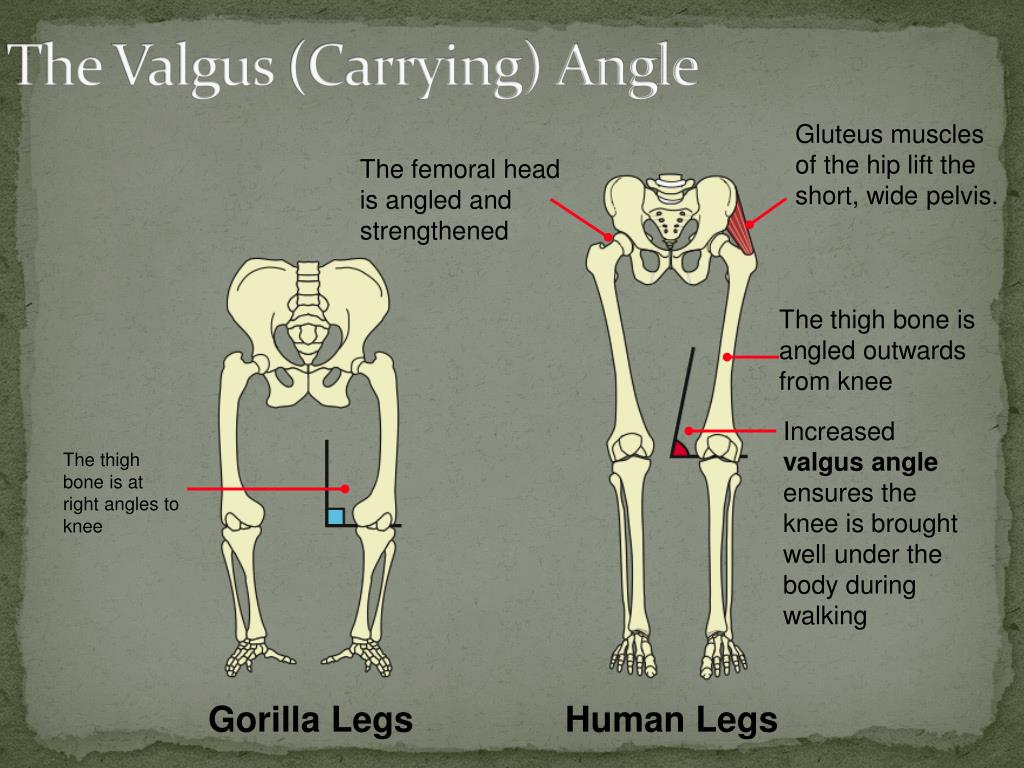 Knees play a vital role; they not only need to be well supported muscularly, but they also need to be aligned. Tai Chi and Qigong focus on this alignment with the aim of improving it.
Knees play a vital role; they not only need to be well supported muscularly, but they also need to be aligned. Tai Chi and Qigong focus on this alignment with the aim of improving it.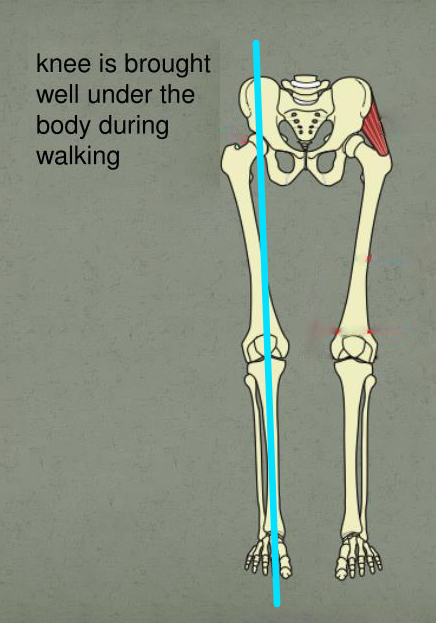 Align and Then the Body Can Relax
Align and Then the Body Can Relax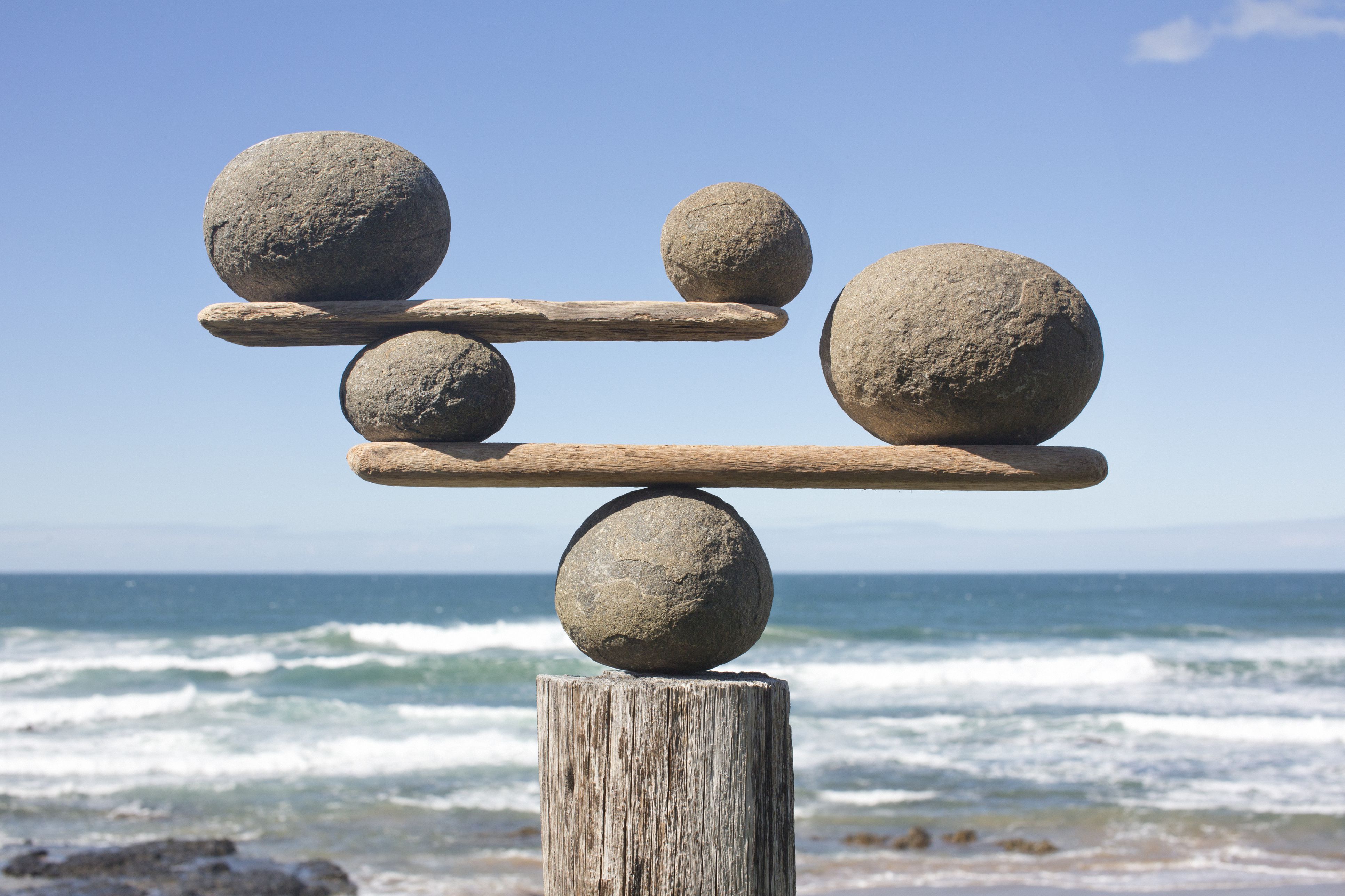 By doing this, what you are trying to do is to balance the front and back of the body; if something is going forward, something else needs to go backward. The sensation should be as if blowing up a balloon; the balloon doesn’t only expand forwards, it expands in all directions simultaneously.
By doing this, what you are trying to do is to balance the front and back of the body; if something is going forward, something else needs to go backward. The sensation should be as if blowing up a balloon; the balloon doesn’t only expand forwards, it expands in all directions simultaneously.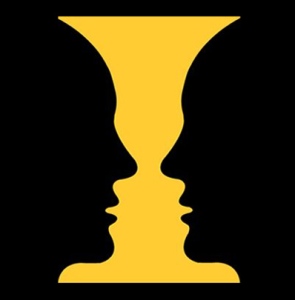 There are so many activities that we do where we spend our time focusing on the limbs. Tai chi and qigong are but two examples out of hundreds.
There are so many activities that we do where we spend our time focusing on the limbs. Tai chi and qigong are but two examples out of hundreds.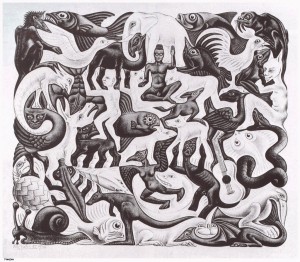
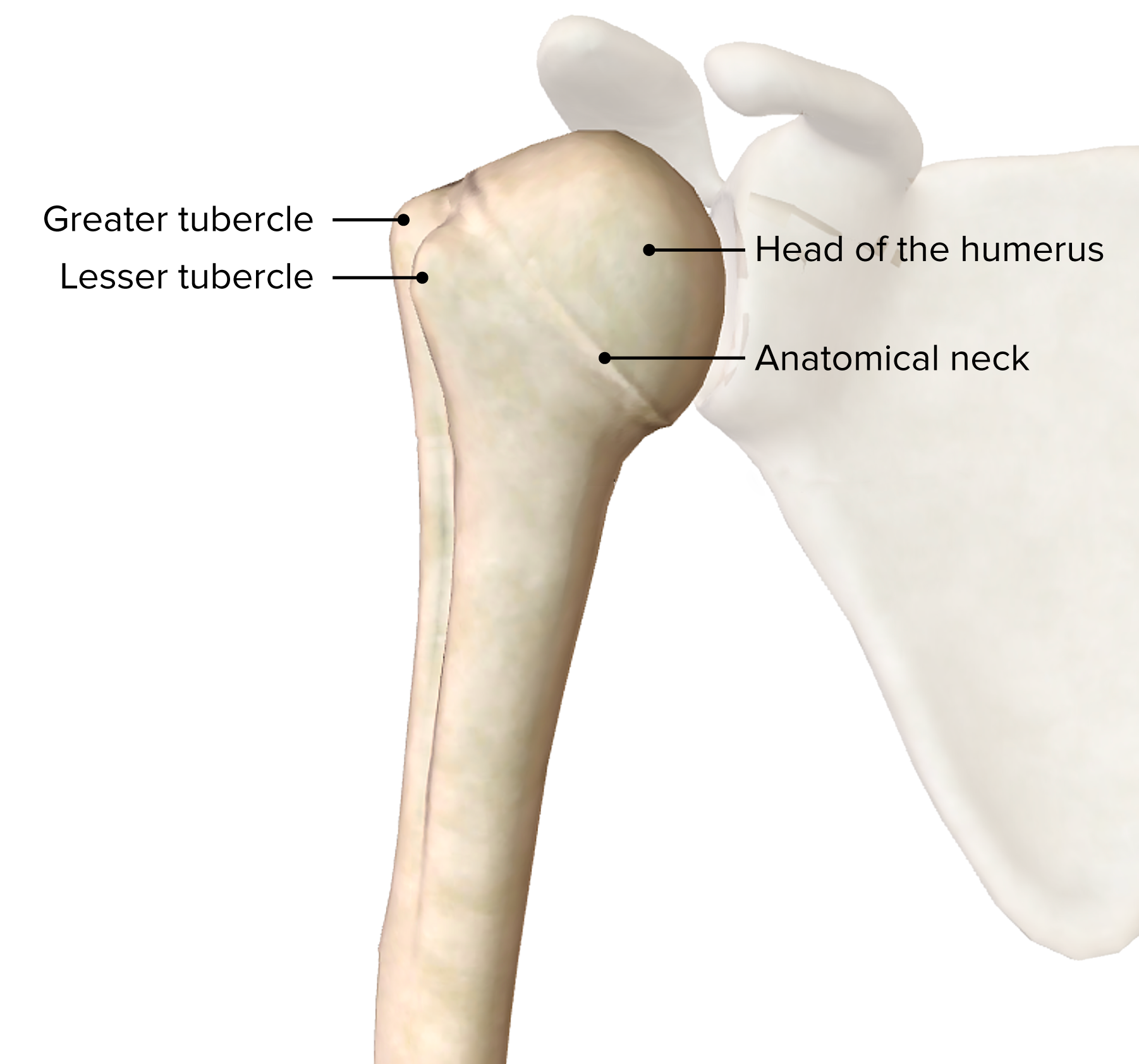
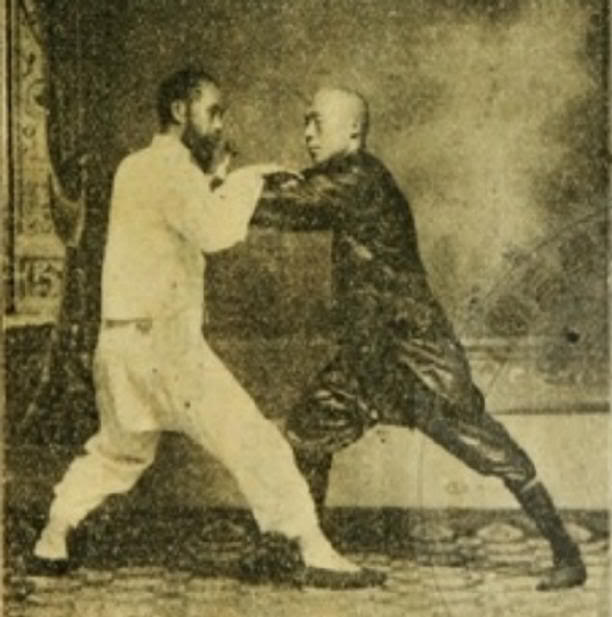 In martial arts, if you are either pushing something, or something is pushing against your arms/hands, you need the force of the push (in whatever direction it is travelling) to pass through the body to the rear leg.
In martial arts, if you are either pushing something, or something is pushing against your arms/hands, you need the force of the push (in whatever direction it is travelling) to pass through the body to the rear leg. For some people, it can be helpful to think of the body as a plumbing system in a house, or even in a city.
For some people, it can be helpful to think of the body as a plumbing system in a house, or even in a city. Any tensed muscle, i.e. any muscle that is working harder than any other muscle, can cause an energetic leak.
Any tensed muscle, i.e. any muscle that is working harder than any other muscle, can cause an energetic leak.


